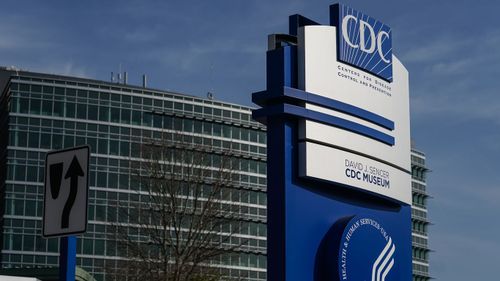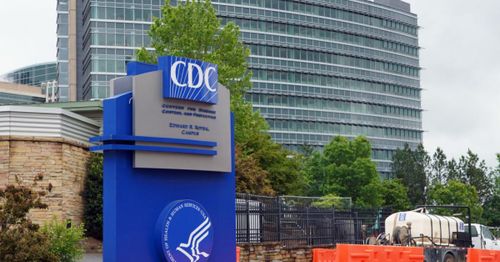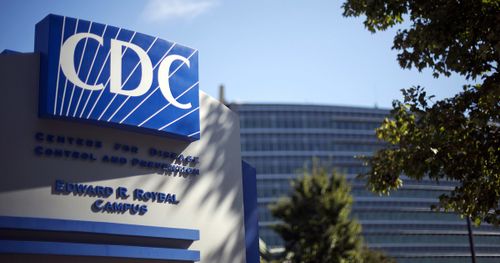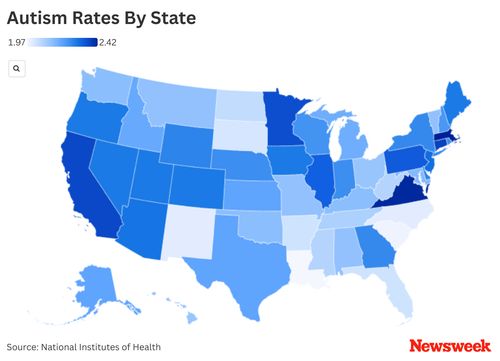RFK Jr. Disputes CDC Study Claiming Autism Rates Have Risen Due to Improved Screening

In response to the CDC report, HHS said Tuesday that the increase in autism prevalence "cannot be solely attributed to the expansion of diagnoses to include higher functioning children." Kennedy said in a statement that autism is "preventable" and that "the autism epidemic has now reached a scale unprecedented in human history because it affects the young." During a Cabinet meeting this month, Kennedy said his department had launched a "massive" research effort that will determine the cause of autism by September, but it's not immediately clear what the changes in methods will be.

Anew Centers for Disease Control and Prevention report shows autism now impacts 1-in-31 children in the United States. The study, which concluded in 2022, found the children, from 4- to 8-years-old, had an autism spectrum disorder. The agency's previous and most recent study, released in 2020, showed 1-in-36 children had autism, an increase from a 2018 study where it was 1-in-44. The study authors attributed the increase to improvements in early identification of autism that they "might be due to differences in [the] availability of services for early detection and evaluation and diagnostic practices.”

Health and Human Services Secretary Robert F. Kennedy Jr. said Wednesday that his department would examine six “environmental factors” that he said could lead to autism amid a rise in confirmed cases of the neurodevelopmental disorder. “We’re going to announce a series of new studies to identify precisely what the environmental toxins are that are causing [autism],” Kennedy said at a press conference. “This has not been done before.” Among the “factors” the 71-year-old said would be scrutinized are ultrasound scans, mold, pesticides, food chemicals, medicines and air and water contamination. Kennedy’s “environmental factor” assertion breaks from a study published Tuesday by the Centers for Disease Control and Prevention (CDC), which claimed the uptick in confirmed autism cases was likely due to improved “early detection” technology and increased awareness of the condition.

CDC: One in 31 children in the United States are diagnosed with autism spectrum disorder by their 8th birthday. Previous CDC reports showed that 1 in 54 8-year-olds had been diagnosed with Autism in 2016. In 2000, it was 1 in 150. The finding reflects a dramatic rise in autism over the past two decades.

Massachusetts, Connecticut and Virginia have the highest estimated rates of adults living with autism. Health Secretary Robert F. Kennedy Jr. has said the rising number of autism diagnoses in the U.S. is being driven by environmental causes rather than genetics. Many autism researchers and advocacy groups dispute the framing of autism as an epidemic, arguing that increased prevalence rates reflect expanded diagnostic criteria and greater awareness.
